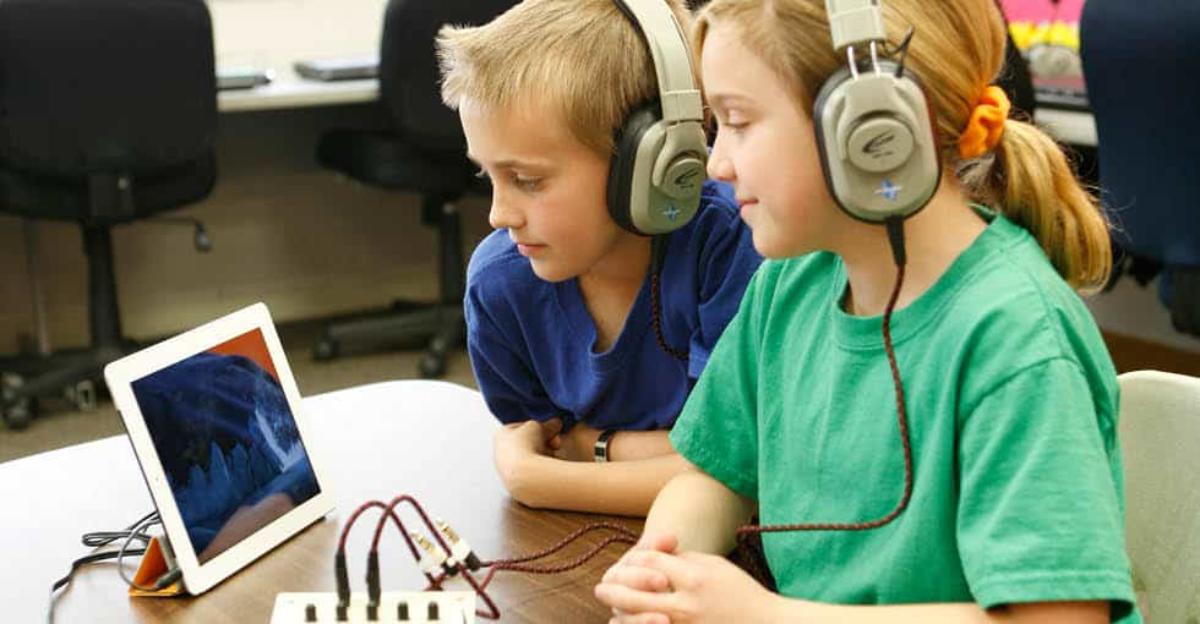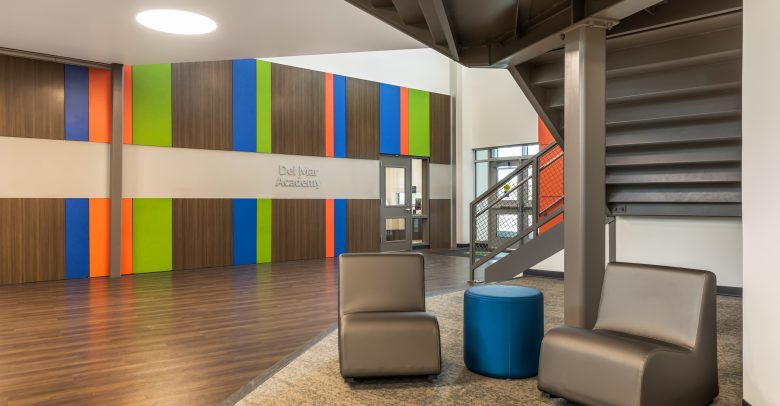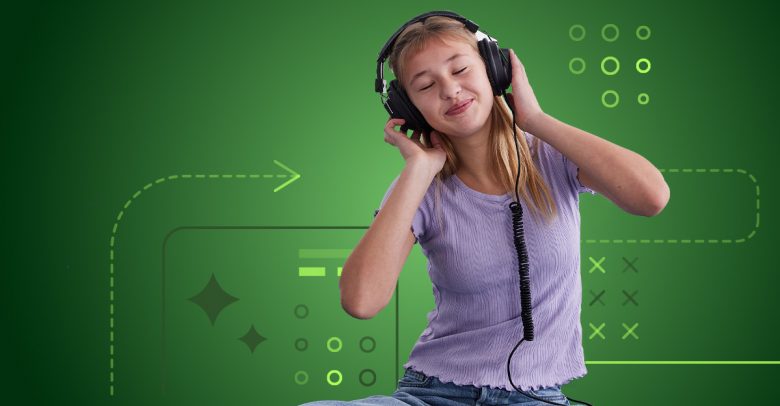Classrooms have seen a great deal of change over the last several decades, especially when it comes to the incorporation of technology. From computers and digital projectors to tablets and even smartboards, classrooms have come a long way over the years. Still, many older classroom technologies have survived the test of time and don’t appear to be going anywhere any time soon. One prime example of this is the classroom listening center.
Classroom listening centers consist of a main “hub” (typically a boom box or similar audio device) with an adapter that allows several individual sets of headphones to be connected for a group learning experience.
Why Listening Centers Have Remained Relevant
There are many reasons as to why listening centers have remained relevant, despite advancements in other classroom technologies. For starters, the typical public school today is on a limited budget and must pick and choose classroom upgrades carefully. In most cases, schools find that existing listening centers are still serving their purpose perfectly, so there is no reason to switch to another option. Instead, this existing technology can actually save schools money, since there is typically no training involved with using a listening center. Furthermore, teachers who have their lesson plans on CD, cassette, or even digital files (in some cases) find this technology to be extremely useful.
Benefits of Classroom Listening Centers
In addition to being a budget-friendly option for many schools, there are numerous benefits that the classroom listening center brings to students and teachers as well. For starters, these listening centers can typically be connected to anywhere from four to 10 sets of headphones at a time; this makes it easy for teachers to group learners based on their skills and learning styles for the best possible experience. Depending on the type of listening center technology used in the classroom, teachers may also be able to connect to other devices, such as tablets, smartphones, and even computers for a more personalized learning experience. Some devices even come with USB ports for this purpose.
Listening centers are extremely adaptable in today’s ever-changing learning environment, making it possible to play a variety of files and formats. From cassettes and CDs to digital files and everything in between, educators would be hard-pressed to find a more versatile piece of classroom technology. And with prices being more reasonable than ever, even schools on limited budgets tend to be able to afford this technology and any replacements as needed.
Overall, listening centers remain a valuable technology for both students and educators in the classroom alike. And with their cost-effectiveness, we will likely see these continue to be a relevant and useful technology for many years to come, especially as new advancements allow them to work more seamlessly with other classroom devices.






Leave a Reply